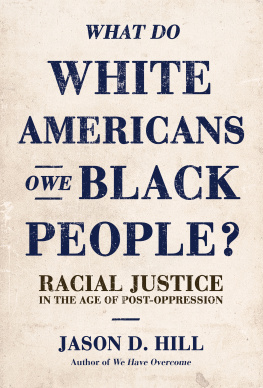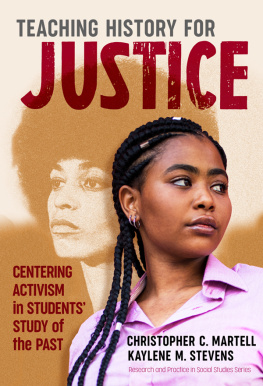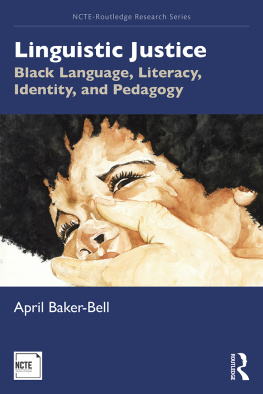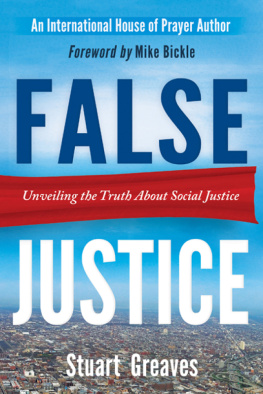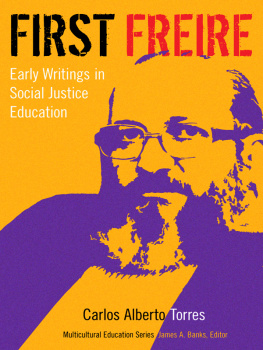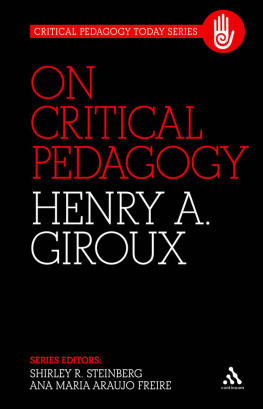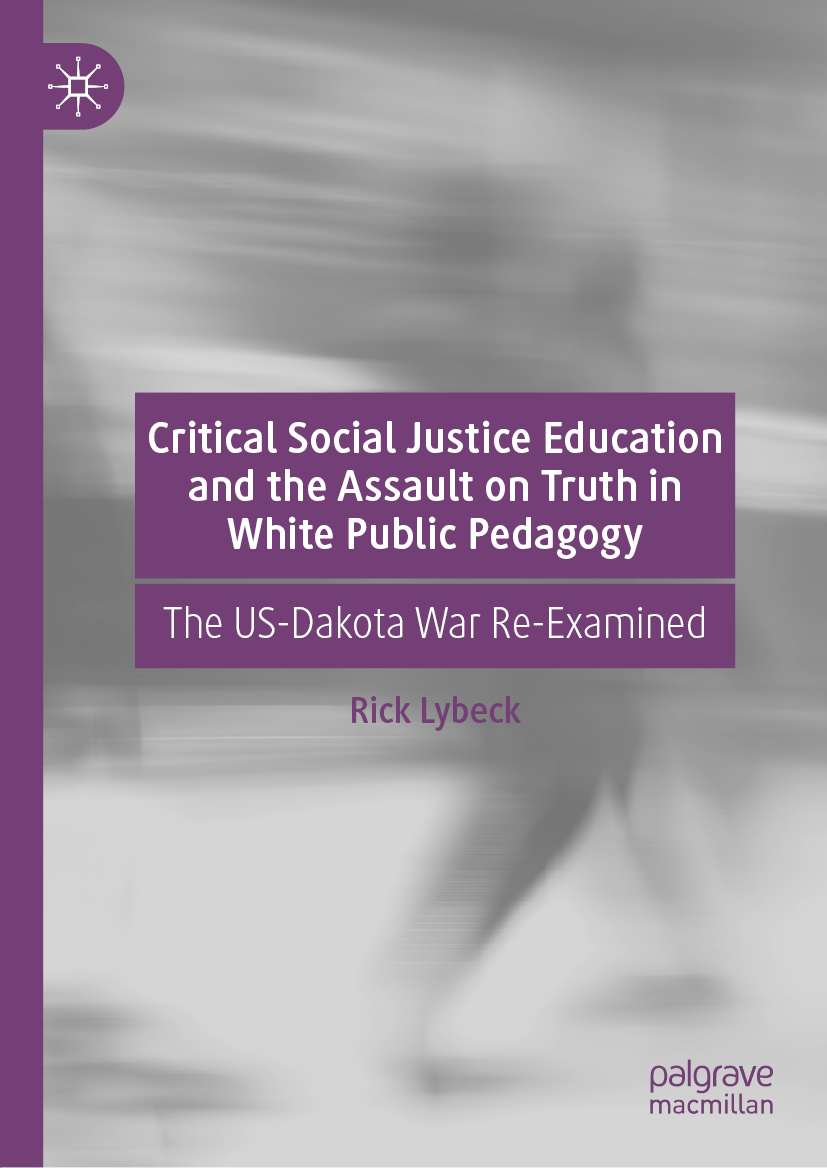Rick Lybeck
Critical Social Justice Education and the Assault on Truth in White Public Pedagogy
The US-Dakota War Re-Examined
1st ed. 2020

Logo of the publisher
Rick Lybeck
Department of Teaching and Learning, Minnesota State University, Mankato, Mankato, MN, USA
ISBN 978-3-030-62485-9 e-ISBN 978-3-030-62486-6
https://doi.org/10.1007/978-3-030-62486-6
The Editor(s) (if applicable) and The Author(s), under exclusive license to Springer Nature Switzerland AG 2020
This work is subject to copyright. All rights are solely and exclusively licensed by the Publisher, whether the whole or part of the material is concerned, specifically the rights of translation, reprinting, reuse of illustrations, recitation, broadcasting, reproduction on microfilms or in any other physical way, and transmission or information storage and retrieval, electronic adaptation, computer software, or by similar or dissimilar methodology now known or hereafter developed.
The use of general descriptive names, registered names, trademarks, service marks, etc. in this publication does not imply, even in the absence of a specific statement, that such names are exempt from the relevant protective laws and regulations and therefore free for general use.
The publisher, the authors and the editors are safe to assume that the advice and information in this book are believed to be true and accurate at the date of publication. Neither the publisher nor the authors or the editors give a warranty, expressed or implied, with respect to the material contained herein or for any errors or omissions that may have been made. The publisher remains neutral with regard to jurisdictional claims in published maps and institutional affiliations.
This Palgrave Macmillan imprint is published by the registered company Springer Nature Switzerland AG
The registered company address is: Gewerbestrasse 11, 6330 Cham, Switzerland
This book takes up the recent call to clearly explicate the ways in which public pedagogies actually work. Lybeck provides a clear analysis of how White public pedagogies operate by presenting excellent data, including observations in classrooms, interviews with students, letters to the editor, public speeches, and more, to show how particular White points of view come to be seen as natural and normal, and how they continue to perpetuate systems of White privilege.
Jennifer A. Sandlin, Professor, Department of Justice and Social Inquiry, School of Transformation, Arizona State University, USA
Rick Lybecks book about the mass execution of thirty-eight Dakota men in Mankato, Minnesota in 1862 and the ways the event has been effaced by a rhetoric of fairness to both sides vividly reminds us that justice is an action that rights a wrong and thus requires a moral judgment. The lesson is as timely today as it has ever been.
James Paul Gee, Mary Lou Fulton Professor of Literacy Studies and Regents Professor, Arizona State University, USA
How does one develop an appropriate and effective pedagogy of the privileged, one that would educate white American students into recognizing their countrys white-supremacist history and motivating them to help bring about a racially just nation in the future? Lybecks detailed and compelling account of his efforts to challenge conventional Minnesota white-settler framings of the 1862 US-Dakota War provides both a sobering realization of the multiple obstacles to such an undertaking and a valuable and inspirational guidebook, nonetheless, from which educators across the country can learn and continue striving for that laudable goal.
Charles Mills, Distinguished Professor of Philosophy, Graduate Center at the City University of New York (CUNY), USA
This is a painful, brilliant account of yet another ugly chapter in the history of the American genocidal treatment of Native Americans. Lybecks critical pedagogy calls for a critique of the practices that keep the violent past alive. A must read.
Norman K. Denzin, Professor Emeritus of Sociology and Research Professor Emeritus of Media and Cinema Studies, University of Illinois, USA
Lybecks grain of sand is a short, month-long college course on the US-Dakota War of 1862. And he helps us see the world in itincluding how, in classroom and white-settler public pedagogies, the war against Indigenous peoples continues under the banners of neutrality, objectivity, fairness, and balance. Lybecks book is startling for its intellectual and moral clarity. Please read it.
Timothy J. Lensmire, Professor, Department of Curriculum and Instruction, University of Minnesota, USA, and author of White Folks: Race and Identity in Rural America (2017)
In a moment when the defense of white supremacy and the attack on teaching truths about injustices and anti-oppressive struggle are blatant and vicious, it might be easy to overlook the subtle, everyday, normalized ways that those happen, both in and out of educational institutions. Lybeck brilliantly and lucidly connects the dots between history, rhetoric, and curriculum as he traces the entrenchment of American nationalism in the genocide of indigenous peoples and the legacy of such contingent identify politics in contemporary debates. It is difficult to imagine a more timely and important intervention than this book as it illuminates the insidious ways that appropriating the commonsensical lexicon of democracy and justice gives force to the public pedagogy of whiteness.
Kevin Kumashiro, author of Surrendered: Why Progressives are Losing the Biggest Battles in Education (2020)
Preface
Ive lived in Mankato, Minnesota, for fourteen years. In case you dont know, Mankato is the site of the largest simultaneous mass execution in U.S. history. It once made the Guinness Book of World Records for this distinction. On the second day of Christmas, 1862, thousands gathered in what was then a town of only a few hundred residents to witness the event38 Dakota men hanged together at the cut of a single rope. Some of the 38 reportedly grabbed each others hands and clothing as they struggled in their nooses and died. They hung there that way for nearly half an hour, clinging to one another in solidarity for all to see (Coleman & Camp, p. 48; Bessler , p. 61).
Two sesquicentennials have come and gone since I moved here, one for the states founding in 1858, the other for the U.S.-Dakota War of 1862. It goes without saying that these events are closely related but details telling how are often startling. The official whose job it was to signal time to cut the rope at the hanging, Joseph R. Brown , had once been a trader in the territory, well known for dealing whiskey to Indians (Green , 2007, p. 24). Historians tell that he had a penchant for young Sioux girls and that he kept Indian women (Anderson, 1984, p, 227; Green , 2007, p. 107), pleasurable for him, to be sure, but also advantageous for building kinship ties and expanding his networks of trade.
Brown served for a time as an Indian agent for the U.S. government, appointed to the position by Minnesotas first governor, Henry Sibley . He played an instrumental role in assimilation strategies that had split the Dakota into white-like cut-hair and traditionalist blanket factions, a fissure that led to the threat of civil war among the Dakota people by 1862 (Lass, 1995). By the time of the Mankato hanging, Brown had served as a founding state legislator along with William Duley , the man who took Browns signal and cut the gallows rope. Both were signers of the states first constitution in 1857. delineating the franchise according to the racial hierarchy of the day:




